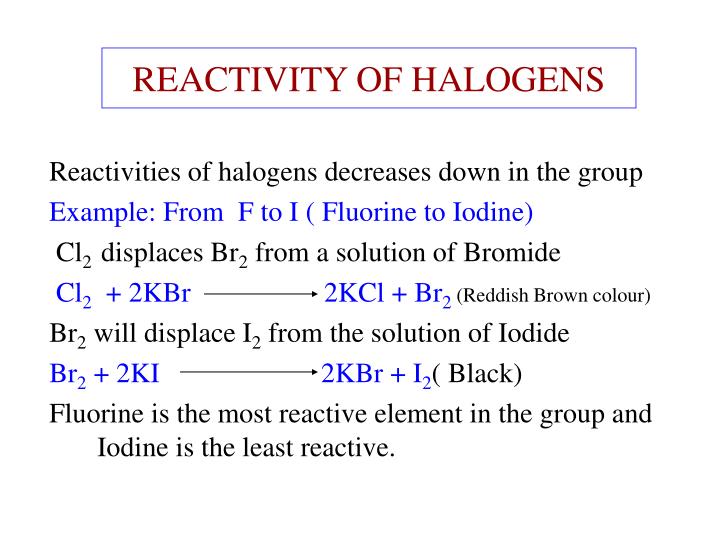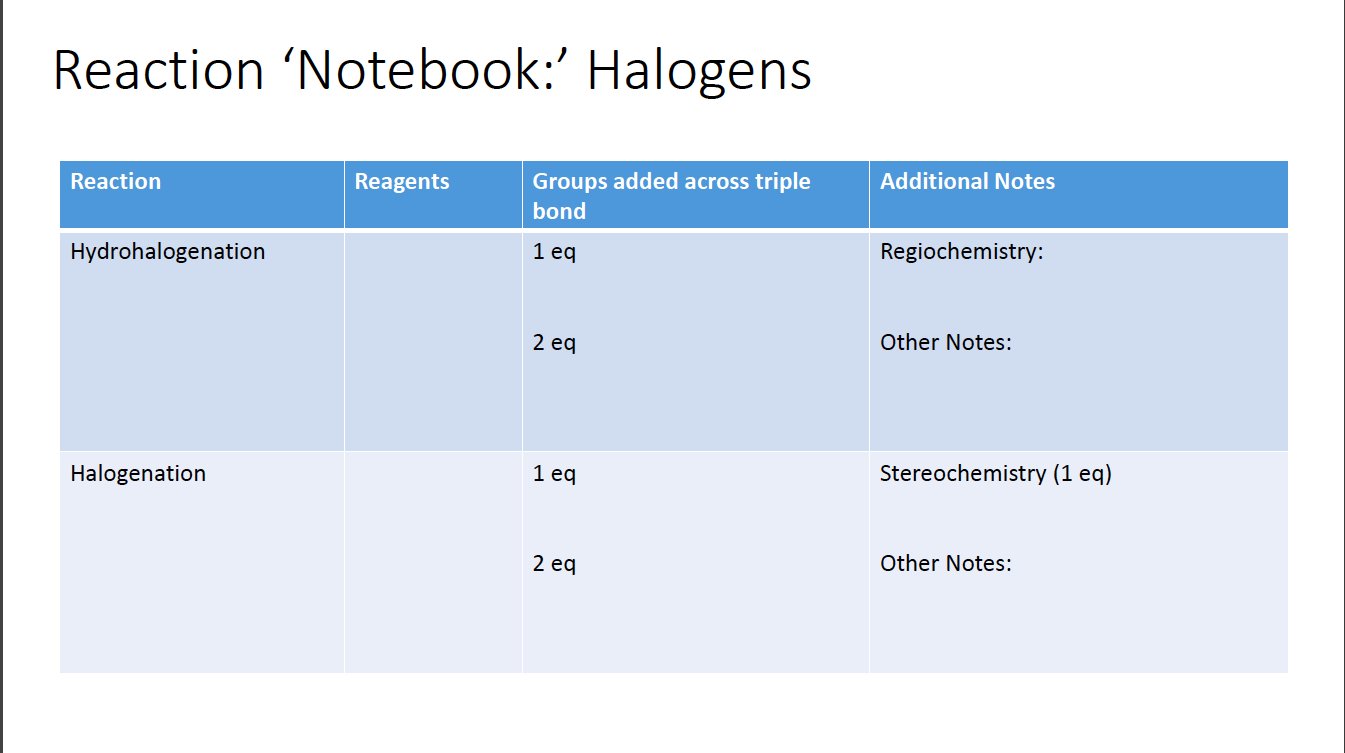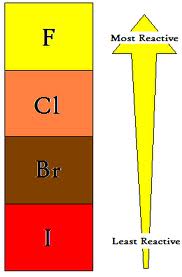

Also, due to the high surface area of flow apparatus, superior control of temperature and in particular exotherms, is enabled. Among the most important advantages are reducing the hazards of reactions, since only small amounts of energetic materials are either formed or used at any given time. The advantages of flow chemistry are well understood. The pharmaceutical industry increasingly embraces continuous flow chemistry either as an alternative or in conjunction with traditional batch syntheses. The use of heat and mass balance online monitoring reveals the link between reaction variables and reaction performance, ensuring the safety of Grignard reagent synthesis. For this reason, chemists and engineers have turned to the RC1mx reaction calorimeter to measure the exothermicity of Grignard reactions, and ReactIR to monitor the organic halide concentration dosing and to track the formation of the Grignard reagent. The issues associated with reagent and reactant purity, the type of Grignard reagent formed, and reaction variables need to be carefully understood and controlled.

Overdosing the organohalide during this period exacerbates the hazardous nature of the reaction when initiation occurs. The variability and overly-lengthy induction period is often due to the presence of trace impurities in solution, or passivity caused by an oxide layer on the magnesium surface. If not well controlled, this issue of induction period followed by rapid initiation may result in a runaway reaction. Although the reaction may be slow to initiate, as the number of magnesium radicals quickly increase, the reaction may advance rapidly with concurrent significant heat release. The synthesis of a Grignard reagent may have a variable induction period associated with an autocatalytic process that accelerates the formation of radicals on the magnesium metal. Notwithstanding, the formation of Grignard reagents and subsequent Grignard reactions are widely used in the production of fine chemical and pharmaceutical compounds. Grignard reagents can react with a variety of halides to form carbon-hetero atom bonds.ĭue to the exothermicity of Grignard formation, as well overall reactivity of Grignard reagents, synthesizing them can be particularly hazardous. Reactions of various organic compounds with Grignard reagents yield amines, ketones, nitriles, thiols, aldehydes, etc. Thus, Grignard reagents react with formaldehyde to form primary alcohols, with aldehydes to form secondary alcohols and ketones, and esters and acid halides to form tertiary alcohols. These carbanions are quite nucleophilic and readily react with electrophilic groups such as carbonyl moieties. There are few reagents available to the chemist that are as effective as Grignards for C-C bond formation.Ĭarbon is more electronegative than magnesium, and the metal-carbon bond in Grignard regents is quite ionic. For example, Grignard reagents are frequently used to alkylate aldehydes and ketones. In general, Grignard reactions represent one of the best ways in organic chemistry to produce C-C bonds and enable the coupling of alkyl chains. The value of the Grignard reaction cannot be overstated. User skills and knowledge (theory of applications, technologies, methods, tips and tricks).Time reduction quick adjustment and scalability of methods.Sustainable design (futureproof modular design long lasting).
#Halogen reactivity trend snar manual
Shift to the next level measurement process (from manual to automated, or to on-line measurement automation).Reduction in operating costs Total cost of ownership Maintenance cost reduction.Productivity (released time from the team) Uptime Optimize processes.Preventive maintenance Minimize downtime.

#Halogen reactivity trend snar software


 0 kommentar(er)
0 kommentar(er)
